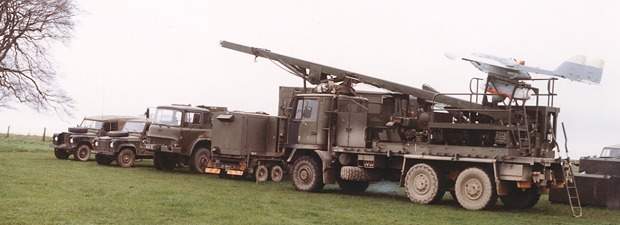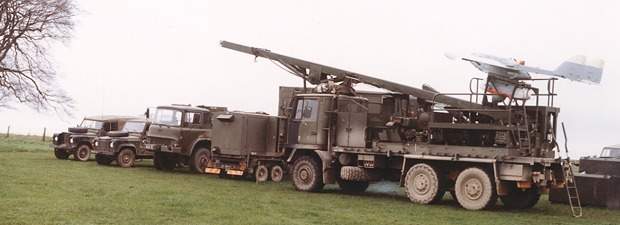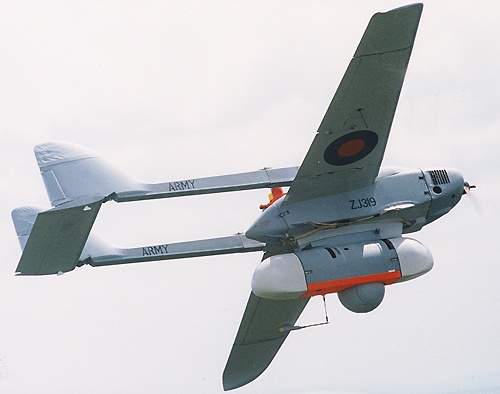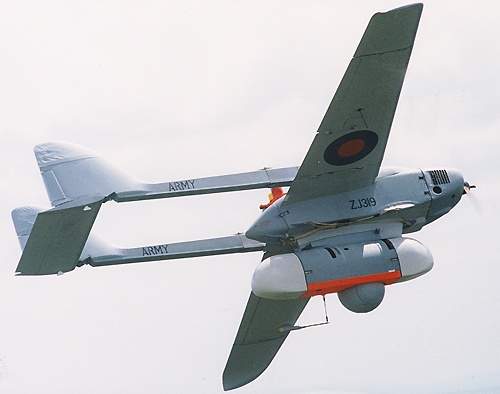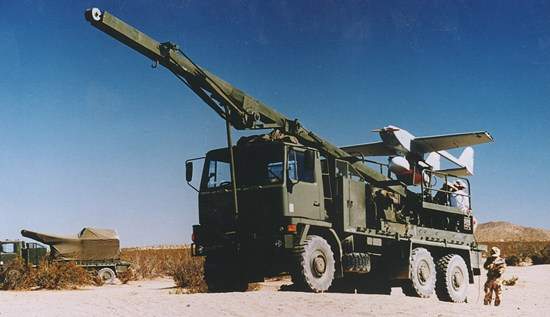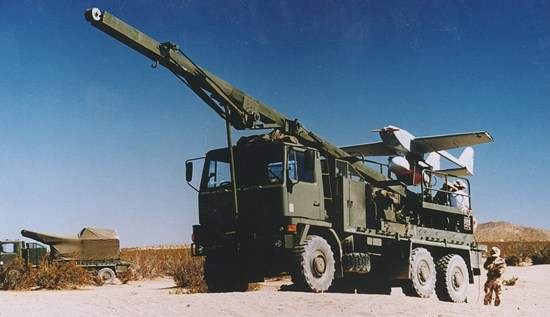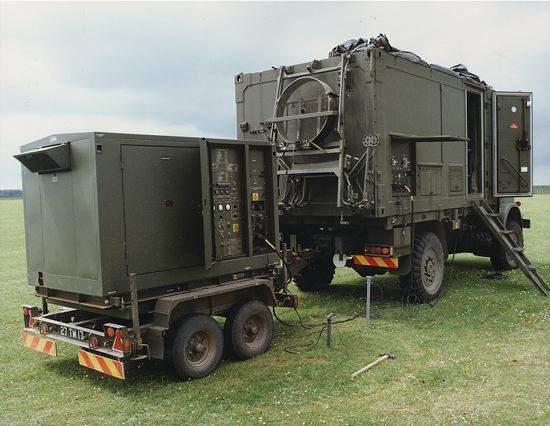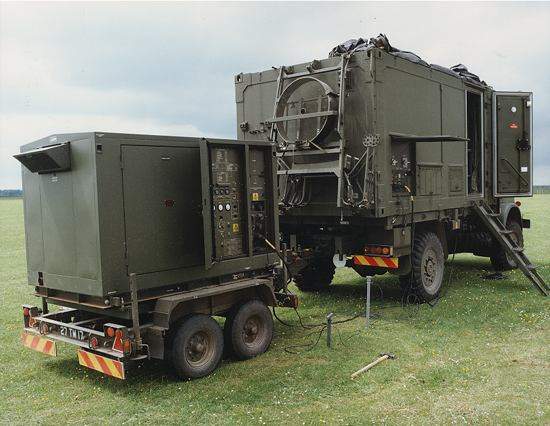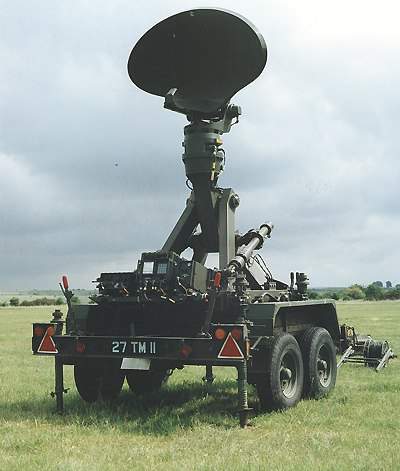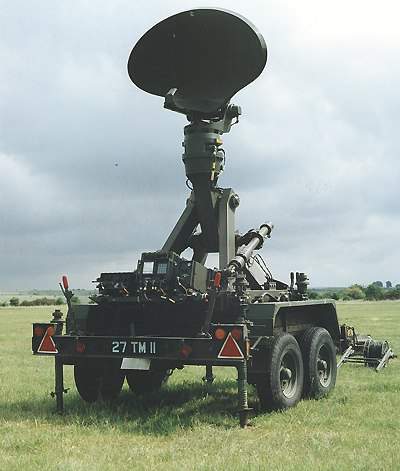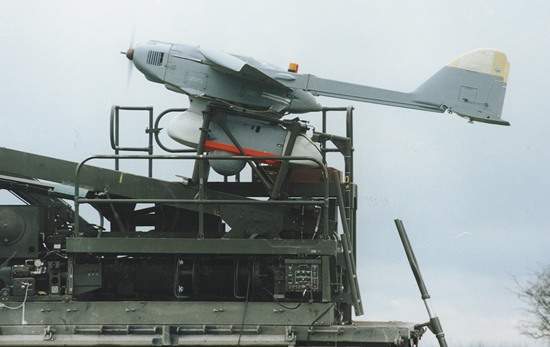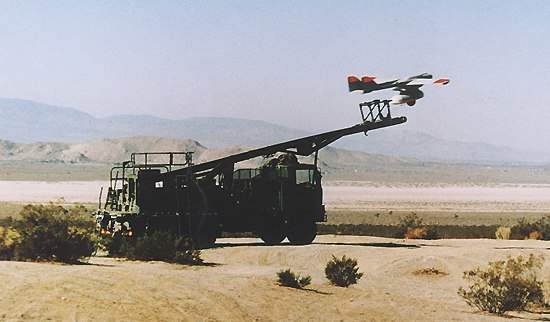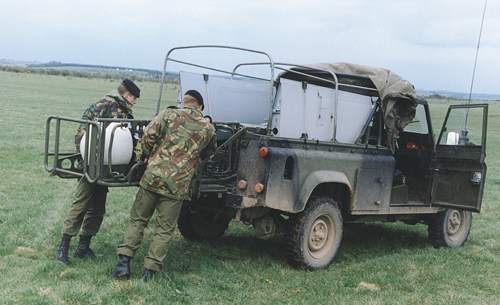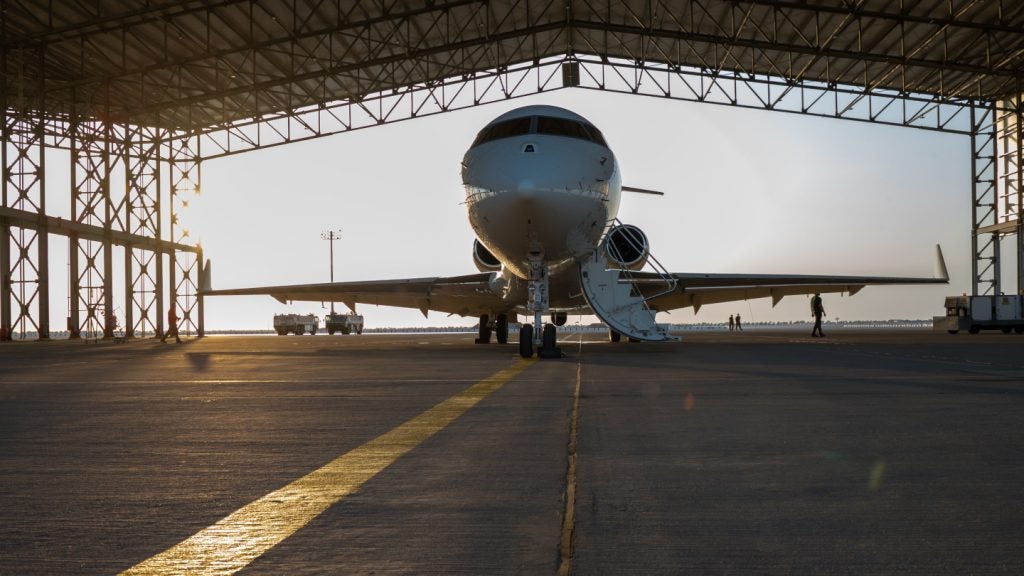The Phoenix battlefield surveillance, acquisition and targeting system provides real-time surveillance by day and by night. Its mission is to disseminate battlefield information, including target identification and position data to command centres and artillery units over secure battlefield communication nets.
Phoenix entered service with the British Army in 1999 and was deployed from 1999 as part of the NATO peacekeeping mission in Kosovo and, from 2003, in Iraq as past of Operation Iraqi Freedom. The final operational flight of the Phoenix was in May 2006 and the system was finally retired from service in March 2008. It was replaced in UK Army service by the Elbit Hermes 450 UAV until the Thales UK Watchkeeper Tactical Unmanned Air Vehicle (TUAV) system was deployed.
BAE Systems, Rochester, is the prime contractor for Phoenix. BAE Systems, Basildon, provides the payload pod.
Insys (formerly Hunting Engineering) is responsible for the forward maintenance facility and Flight Refuelling Ltd for the air vehicle, launcher, recovery vehicle conversion kit and all four types of system container.
The army’s overall control of the systems is located in a troop command post, which controls up to three flight sections, each with a launch and recovery unit and ground control unit.
Phoenix umanned air vehicle
The air vehicle, of modular construction, is manufactured from composite materials including Kevlar and Carbon Fibre / Glass Fibre-Reinforced Plastic (CF/GFRP) sections and Nomex honeycomb panels. The propulsion system consists of a Weslake Aero Engines WAE 342 two-stroke, flat twin fuel injection engine, which provides a power of 19kW (25hp) power. The engine drives a two-bladed fixed-pitch wooden propeller.
The air vehicle can autonomously fly a pre-programmed mission or can be piloted by the air vehicle controller. Flight steering can be achieved by updates from the ground station to initiate height and speed changes and for circling, race-track and cloverleaf observation flight paths.
Payload
The mission pod is mounted on the underside of the fuselage on stabilising pod roll arms. The sensor turret is mounted on the underside of the pod. The two-axis stabilised turret houses a BAE Systems Thermal Imaging Common Module (TICM II), providing 60° x 40° field of view.
A Thales Optronics (formerly Pilkington) telescope provides magnification from x2.5 to x10. The sensor can be locked at a preset elevation or can be set to automatic scanning mode for missions involving area search. When Phoenix is orbiting a target, the line of sight can be locked to a point on the ground so the sensor is steered to remain on target.
Ground control station
The ground control unit consists of a ground control station vehicle and a ground data terminal towed by a Land Rover. It can be positioned up to 25km from the launch and recovery units.
The ground control station is operated by a crew of three: mission controller, air vehicle controller and image analyst. The shelter contains three workstations equipped with high resolution colour displays. The operator is able to select a thermal image view of the battlefield or a map displaying the positions of the target and the UAV.
Image data is transmitted by a steered, 360° J-band video data link to the ground data terminal and then by cable to the control station up to 1km away. Target data is then transmitted to the forward artillery units by the Battlefield Artillery Targeting System (BATES) directly to the guns.
The UAV determines the fall of shot onto the target area and the control station generates correction data which is downloaded to BATES and to the guns. The guns can then re-engage the target using the corrected data and the UAV provides images for target damage assessment.
Launch and recovery
The launch vehicle is a standard 14t army truck, equipped with a pallet-mounted lifting crane, hydraulically and pneumatically operated launch catapult and ramp, and computer to download mission data into the UAV prior to launch. Within an hour of reaching a launch site, the UAV can be assembled and launched. A second UAV can be launched within a further eight minutes.
For landing, a drogue parachute, installed in the tail of the fuselage, is connected to the spring-loaded tail cone ejection plate. The tail cone is ejected to extract the drogue parachute and the engine stops with the propeller in the horizontal position. During descent, the air vehicle inverts so the vehicle lands on its upper surface to protect the mission pod. The force of the landing is absorbed by an air bag and frangible fin tips.

